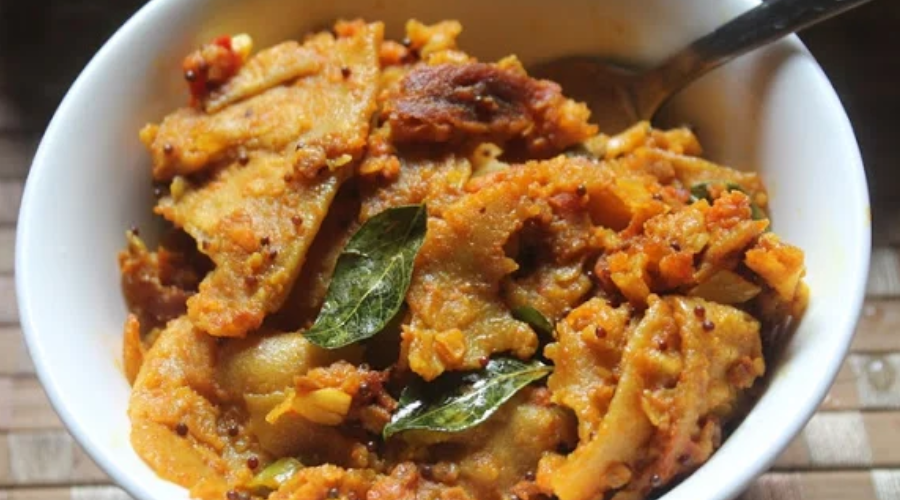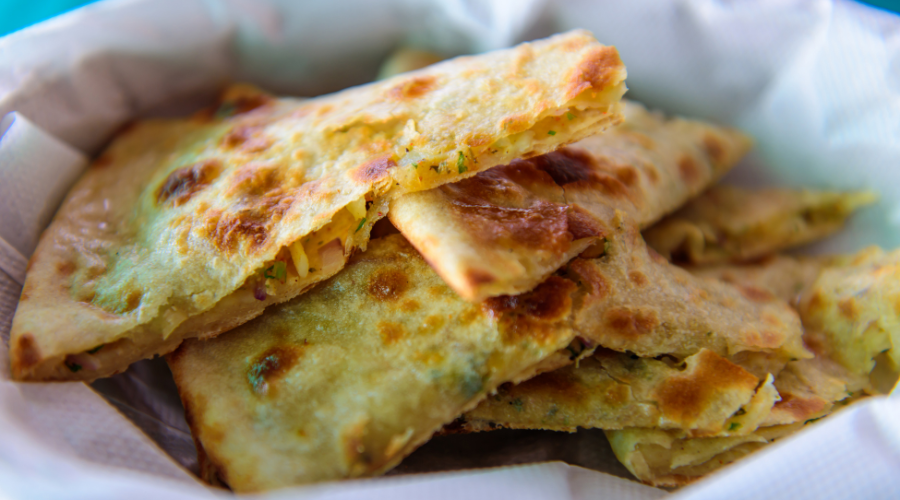From Waste To Wonder: The Sindhi Art Of Reinventing Leftovers
Want to learn how to create best out of waste? Learn it from the people of the Sindhi community who use leftover food to create culinary marvels like Seyal phulka and stuffed paranthas.
Leftovers often carry the stigma of being “second-hand meals.” But in Sindhi households, they are transformed into stories of resilience, creativity, and flavour. What many dismiss as stale food, Sindhis reimagine into comforting delicacies—whether it’s a garlic-laced seyal fulka or parathas stuffed with yesterday’s subzi.
For this community, it’s not just about saving food from being wasted, it’s about recreating something even more delicious. “It is about retaining the essence of the dish, but changing its form to make it more appetizing,” says Alka Keswani, author of the popular Sindhi Rasoi blog. She recalls preparing a ladyfinger wrap for a neighbour who otherwise disliked the vegetable. With just a few tweaks, the dish became irresistible.
The art of repurposing leftovers is not unique to Sindhi cuisine, but here it carries a deeper meaning. Historically, cooking and eating economically was often a necessity. Even today, that ethos of thrift and ingenuity continues. For Sindhis, reusing food is less about frugality and more about flavour—reshaping a dish to make it more enjoyable. “We don’t like some dishes in a certain form, so we change the form to make it more delectable,” Keswani adds.
In Sindhi kitchens, leftovers aren’t simply reheated—they’re reborn.

Another reason Sindhis became masters of reusing food lies in their geography and history. Long before Partition, Sindh (in present-day Pakistan) was largely desert land, with little rainfall. This meant fresh fruits and vegetables were scarce and highly seasonal. “Sindh gets very little rainfall, due to which the growth of fresh fruits and vegetables was highly dependent on the season,” explains Sapna Ajwani, author of Sindh: Sindhi Recipes and Stories from a Forgotten Land. Out of necessity, the community learned to make the most of humble ingredients—pumpkin seeds, bitter gourd peels, even watermelon rind found a place in everyday cooking.
Pune-based author and oral historian Saaz Aggarwal, who has chronicled Sindhi stories extensively, believes this creativity reflects a larger philosophy of life. “I think it’s partly connected to a strong belief that whatever life gives you, you must make the best of it. It’s one of Guru Nanak’s most basic messages and also part of Sufi teachings,” she says. Historically, the hot, dry climate of Sindh—long before refrigerators existed—also shaped its food culture. Dishes like seyal dabroti and seyal phulka emerged, alongside papads, wadis, and kachris (crispy fried snacks), all designed to extend shelf life while enhancing flavour.
Leftover Delicacies From Sindhi Kitchens
In Sindhi kitchens, leftovers are not just reheated. According to Keswani, it often takes just a few small tweaks to turn yesterday’s food into a new culinary marvel. Leftover rotis, for instance, transform into seyal phulka—a bold, garlicky stir-fry with tomatoes—or into stuffed parathas filled with the previous night’s subzi. As rotis dry up, they become hard to chew, but this dish softens them into a hearty snack that appeals to both elders and youngsters. Variations abound—some fold the roti with a pounded green chutney mix, almost like a calzone, while others, like Keswani, prefer a garlic-and-tomato base.

The experiments don’t stop there. Leftover saibhaji (a nutritious curry of dal, spinach, and vegetables) can be shaped into crisp tikkis. Even sugar syrup from gulab jamuns finds new purpose—soaked into bread slices to make a dairy-free version of shahi tukda. Sindhis also enjoy their own version of cheela, called chilro, often made from leftover mung dal and slow-cooked with care.
Rice, too, gets a second life. “Sometimes we are left with just cooked rice, and making another dish to complete the meal can be tedious. Tempering it with mustard and spices transforms it into cha varan, a scrumptious one-bowl meal that doesn’t even need a subzi or dal alongside,” says Keswani.
Whether leftover or freshly prepared, Sindhi cuisine remains wholesome. Deeply rooted in tradition yet endlessly creative, offering flavours that are both comforting and nourishing.